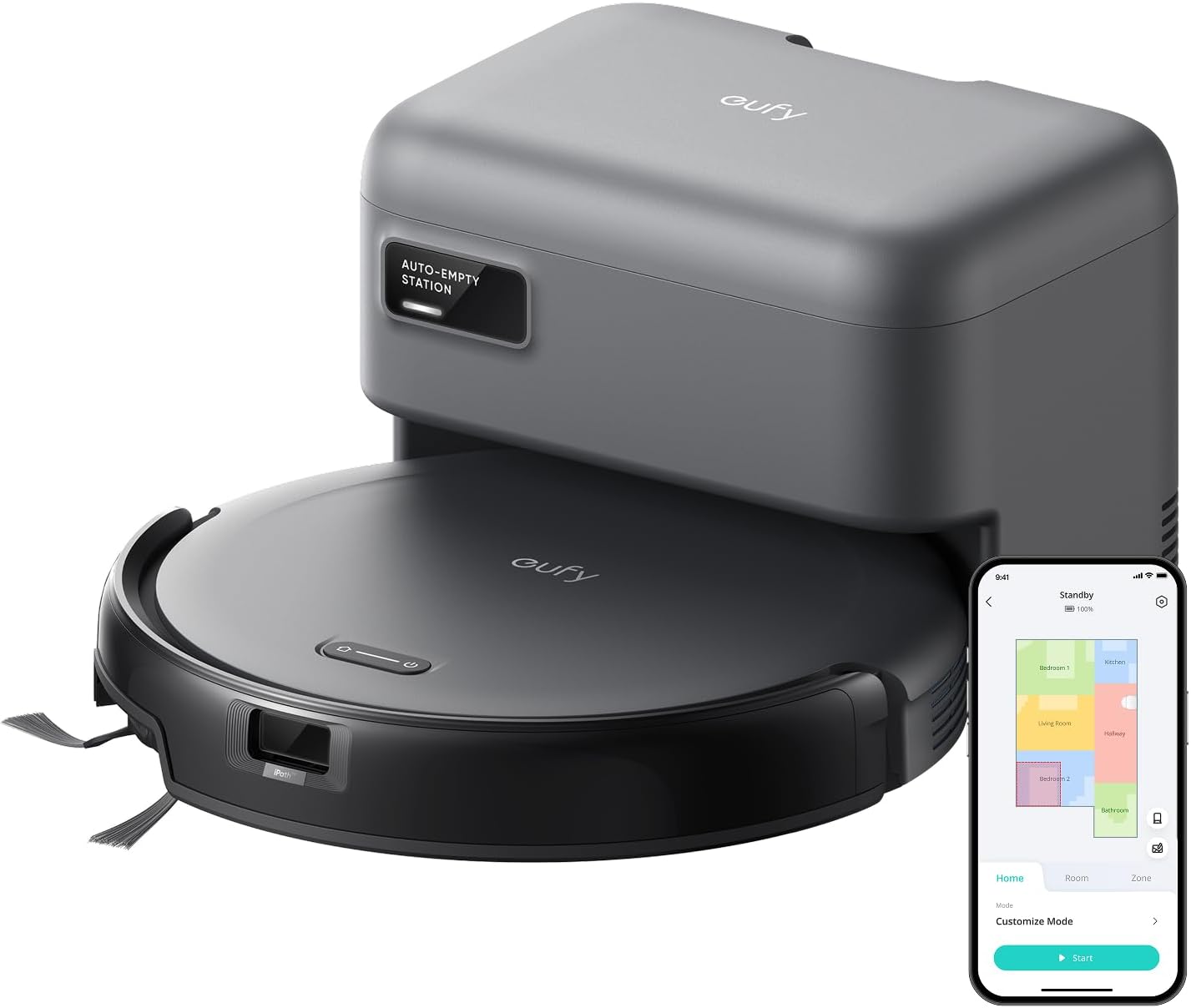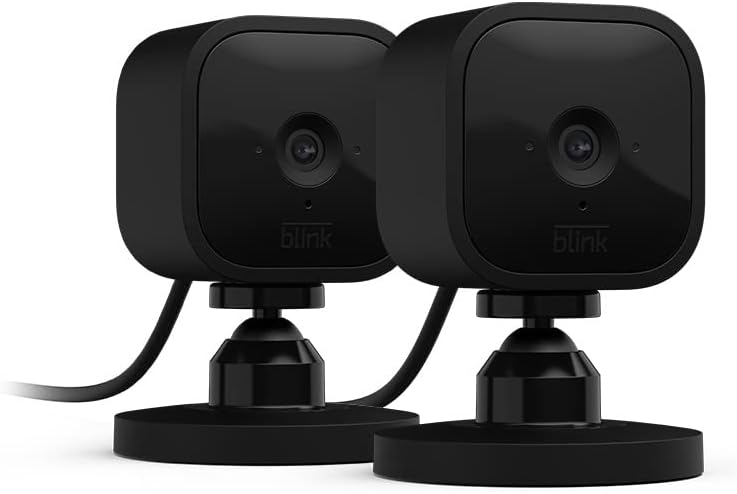Introduction to Wireless Phone Chargers
Wireless phone chargers are innovative devices designed to charge smartphones and other compatible gadgets without the need for physical cables. This technology utilizes electromagnetic fields to transfer energy between a charging pad and the device being charged, a process often referred to as inductive charging. The inception of wireless charging can be traced back to the early 20th century, but it has undergone significant advancements in recent years, resulting in more efficient and user-friendly solutions.
The evolution of wireless phone chargers has been marked by enhancements in charging speed, compatibility, and design. Initially, the charging pads were bulky and restricted to specific devices, limiting their adoption among users. However, as smartphone manufacturers began incorporating wireless charging capabilities into their products, the market for these chargers has dramatically expanded. Today, many major brands, including Apple and Samsung, support wireless charging in their flagship models, reinforcing consumer confidence in this technology.
As wireless phone chargers have gained traction, their popularity in the tech market has surged. User convenience plays a significant role in this trend; wireless chargers allow for effortless charging by simply placing the device on the charger, eliminating the hassle of tangled cords. Furthermore, these chargers often feature sleek designs that appeal to modern aesthetics, making them an attractive addition to home and office environments.
The growing awareness surrounding energy efficiency and environmental considerations has also contributed to the popularity of wireless charging. By reducing wear and tear on charging cables and connectors, users can prolong the lifespan of their devices. In essence, wireless chargers not only offer a practical solution for everyday battery maintenance, but they also align with contemporary consumer values of sustainability and convenience.
How Wireless Charging Works
Wireless charging operates on the principles of electromagnetic induction and resonance, allowing electrical energy to be transferred between devices without direct contact. This innovative technology makes charging a phone as simple as placing it on a designated pad, eliminating the need for cumbersome cables and connectors. At the core of this technology are two key components: the transmitter (charger) and the receiver (device).
Electromagnetic induction occurs when an alternating current flows through the transmitter coil, generating an oscillating magnetic field. When the compatible receiver coil within the phone is placed within this field, a voltage is induced, allowing the phone’s battery to charge. This fundamental process underlines the efficiency of wireless charging systems.
In addition to electromagnetic induction, resonance is crucial for enhancing the efficiency and range of the charging process. By tuning the coils in both the charger and the device to an optimal frequency, the system can maximize energy transfer, ensuring that more power reaches the phone’s battery. This tuning enables devices to be placed at varying distances from the charging pad while still maintaining a connection.
To facilitate and manage the charging process, communication protocols between the charger and the device are employed. These protocols, often based on standards like the Qi wireless charging standard, enable devices to recognize when they are properly positioned for charging, initiate the energy transfer, and regulate the charging speed to prevent overheating. For instance, when a phone is placed on a charger, it sends a signal to the charger, which responds by supplying power at a suitable rate. This intelligent communication ensures both safety and efficiency during the charging process.
Current Trends in Wireless Phone Chargers
The landscape of wireless phone chargers has markedly evolved, driven by technological advancements and changing consumer preferences. Among the foremost trends is the increase in charging speeds. Modern wireless chargers now offer rapid charging capabilities that can rival traditional wired chargers. This advancement is largely attributed to the adoption of the Qi certification, which ensures compatibility and efficiency across various devices. New Qi-certified chargers can deliver power output exceeding 15 watts, significantly reducing charging times and aligning with the fast-paced demands of contemporary users.
Another significant trend in the wireless charging market is the innovative design of chargers. Manufacturers are focusing on aesthetics and functionality, creating sleek, minimalist designs that can blend seamlessly into home or office environments. These chargers often serve dual purposes, such as functioning as a stand for the device or integrating with furniture. For instance, some modern desks come with built-in wireless charging pads, emphasizing convenience and decluttering workspaces. With an emphasis on style and form, users are more inclined to use wireless chargers in everyday settings.
Furthermore, the compatibility of wireless charging systems with a variety of devices has broadened significantly. Initially, wireless chargers were primarily designed for smartphones. However, advancements in technology have now allowed for compatibility with smartwatches, wireless earbuds, and even some laptops. This increased versatility allows users to charge multiple devices on a single pad, enhancing the practicality of wireless solutions.
Lastly, the materials used in wireless chargers are undergoing improvements as manufacturers prioritize better heat dissipation and durability. The incorporation of innovative materials not only enhances safety but also contributes to more eco-friendly production methods.
Types of Wireless Phone Chargers
Wireless phone chargers come in various forms, each tailored to meet specific user needs and preferences. Understanding the types available can significantly enhance the charging experience, ensuring both efficiency and convenience. The primary categories include pad chargers, stand chargers, and portable charging solutions.
Pad chargers are perhaps the most common type of wireless phone charger. These flat surfaces allow users to simply place their devices on top for charging. They are typically compact and easy to use, making them ideal for both home and office environments. One major advantage of pad chargers is their universality; they are compatible with a wide range of devices that support Qi wireless charging technology. However, they do have their drawbacks. For example, users must ensure proper alignment between the phone and charger to initiate charging, which can be a minor inconvenience in some scenarios.
Stand chargers, on the other hand, provide a more ergonomic charging experience by allowing devices to be propped upright while charging. This design enables users to access their screens more easily, making it suitable for video calls or viewing notifications without lifting the device. Stand chargers often boast faster charging speeds compared to pad chargers, as they facilitate better heat dissipation. Nonetheless, they usually require more desk space and may not be as portable.
Lastly, portable charging solutions, such as power banks with wireless charging functionality, offer remarkable flexibility for users on the go. These chargers are equipped with batteries that can charge devices without being plugged into a wall outlet. While they provide a great solution for travel or extended outings, the charging speed may not match that of traditional wired chargers, and the need to periodically recharge the power bank itself can be a minor inconvenience.
By evaluating the characteristics of each type of wireless phone charger, users can make informed decisions that best align with their daily routines and charging requirements.
Charging Speed and Efficiency
Wireless phone chargers have gained immense popularity for their convenience and innovative technology. However, a common question arises regarding their efficiency compared to traditional wired chargers. One of the pivotal aspects influencing charging speed is the power output of the wireless charger, which is typically measured in watts. Most wireless chargers feature output levels ranging from 5W to 15W, with some fast wireless charging options available at 10W or even 15W. In contrast, wired chargers can offer higher outputs, sometimes reaching 20W or more, translating to a quicker charging experience for devices.
Another critical factor affecting wireless charging efficiency is the phone’s reception capability. The alignment between the charger and the device plays a significant role; improper positioning can lead to energy loss and slower charging times. Users should ensure that their smartphones are correctly placed on the charger for optimal energy transfer. Moreover, devices equipped with advanced technologies such as Qi, are designed to maximize compatibility and efficiency with wireless chargers, streamlining the charging process.
To further enhance charging efficiency, users can adopt specific practices. For instance, removing phone cases made of thick materials can significantly improve the energy transfer rate. Additionally, avoiding interference from metal objects or other electronic devices near the charger can help maintain consistent power output. Keeping the charger clean is also essential, as dust or debris can impede the charging connection. As the technology evolves, the landscape of wireless charging continues to advance, consistently improving efficiency and speed while addressing user concerns. By understanding these factors, users can make informed decisions, choosing the appropriate chargers and practices to maximize their wireless charging experience.
Safety Considerations for Wireless Charging
As the popularity of wireless phone chargers continues to rise, it is crucial to address the potential safety concerns that may arise from their use. One of the primary issues that users should be aware of is overheating. Wireless charging relies on electromagnetic fields to transfer energy, which can generate heat. If a charger or a device overheats excessively, it could lead to performance issues or even damage to the battery. To mitigate this risk, users are advised to avoid covering the charger with objects that may trap heat and to ensure proper ventilation during the charging process.
Another safety consideration involves the electromagnetic radiation emitted by wireless chargers. While regulatory bodies classify the radiation levels produced by these devices as safe for everyday use, some individuals may still express concerns about prolonged exposure. It is essential for users to research and choose models that comply with established safety standards, ensuring that they are not exposed to harmful levels of electromagnetic fields during use. Additionally, charging pads should be placed on stable surfaces to prevent accidental movements that might increase exposure.
Compatibility is also a significant factor in the safe operation of wireless chargers. Users should verify that their devices support the Qi standard, which is the most widely adopted protocol for wireless charging. Using incompatible devices can not only result in inefficient charging but may also cause damage to either the charger or the device. Moreover, selecting chargers from reputable brands can enhance safety, as these manufacturers typically incorporate multiple safety features like overcharge protection and foreign object detection. By adhering to these guidelines, users can enjoy the convenience of wireless charging while minimizing the risks associated with this technology.
Common Misconceptions About Wireless Charging
Wireless charging technology has gained immense popularity, yet several misconceptions persist regarding its efficiency, speed, and safety. One of the most prevalent myths is that wireless charging is significantly slower than traditional wired charging. While it is true that early models of wireless chargers delivered slower charging speeds, advancements in technology have led to rapid improvements. Today, many wireless chargers support fast charging capabilities, allowing users to experience speeds comparable to wired charging under the right conditions.
Another frequent misunderstanding is the belief that wireless charging causes overheating and potential damage to devices. In reality, well-designed wireless chargers incorporate sophisticated thermal management systems that regulate temperature during the charging process. Moreover, modern smartphones often come with built-in protections that prevent overheating and ensure optimal performance during wireless charging. Consequently, users can enjoy the convenience of wireless chargers without compromising their device’s integrity.
Safety concerns related to wireless charging are also commonly exaggerated. It is often asserted that wireless charging poses a higher risk of electrical hazards compared to traditional methods. However, certified wireless charging pads and stations adhere to strict safety standards, including automatic shut-off features that minimize risks. Additionally, wireless charging is designed with foreign object detection technology, which ensures that metal objects, such as keys or coins, do not interfere with the charging process, further enhancing user safety.
Lastly, some individuals believe that positioning a phone incorrectly on a charging pad renders the charging ineffective. While it is true that proper alignment optimizes energy transfer, many advanced wireless chargers are designed with flexibility in mind, enabling users to place their devices on them without worrying excessively about precise positioning. Through understanding these misconceptions, users can make informed decisions and fully appreciate the benefits of wireless charging technology.
Future of Wireless Charging Technology
The landscape of wireless charging technology is poised for significant evolution, promising improvements that will enhance user experience and functionality. One of the most anticipated advancements is the extension of charging distance. Currently, most wireless chargers require close proximity between the device and the charging pad; however, emerging technologies may allow charging from a greater distance, enabling users to simply place their devices within a room, where energy transfer can occur seamlessly. This shift could eliminate the traditional tethering associated with wired charging, enhancing convenience and flexibility.
Moreover, there is a growing trend to incorporate wireless charging capabilities into everyday furniture and home décor, such as smart desks and nightstands. This trend reflects a broader integration of technology into our daily lives, creating a more cohesive and streamlined approach to device management. As smart homes evolve, the inclusion of wireless charging in various household items will offer a holistic solution to power management, appealing to consumers seeking both functionality and aesthetics.
The acceptance of wireless charging will also extend beyond personal gadgets, as manufacturers explore possibilities for automotive applications, public charging stations, and consumer electronics. The swift pace of innovation in this sector reflects the increasing demand for convenient and efficient charging solutions. Coupled with a growing consumer preference for hassle-free technology, the wireless charging market is expected to see significant expansions across various platforms and devices.
As the industry moves forward, consumer insights will play a vital role in shaping technological advancements. Manufacturers will likely conduct regular market analyses to better understand user needs and preferences. In conclusion, the future of wireless charging technology is bright, characterized by improvements in distance, integration with smart technologies, and expansion across a wider array of devices, all driven by evolving consumer expectations.
Conclusion: The Case for Wireless Charging
As technology continues to advance, wireless charging has emerged as a significant innovation, fundamentally altering the way we interact with our devices. This method enhances convenience by eliminating the need for physical connectors, allowing users to power up their phones effortlessly. The seamless experience of simply placing a phone on a charging pad or stand has made it increasingly popular, especially in environments where multiple devices are used, such as homes and offices. Furthermore, wireless chargers are often designed for efficiency, providing optimal power delivery that can enhance battery health over time.
However, while the benefits of wireless charging are clear, there are challenges that users should remain aware of. One primary concern is the variation in charging speeds, which may not always match those of traditional charging methods. Additionally, there is the inevitability of device heat generation, which can be mitigated but requires attention to manufacturer recommendations. It is also vital to select quality chargers that adhere to safety standards, as using subpar products can lead to performance issues or safety risks.
Despite these challenges, the trend towards wireless charging solutions shows no signs of slowing down. Many smartphone manufacturers are integrating enhanced wireless charging capabilities into their latest models, signifying a shift in consumer preference towards this technology. For those considering making the transition, it is advisable to stay informed about best practices, such as using compatible devices and chargers to ensure safety and efficiency.
In light of these points, incorporating wireless charging into daily routines can be seen as a prudent decision. By recognizing the advantages and remaining cognizant of the challenges involved, users can enjoy a hassle-free charging experience that aligns with the evolving technological landscape.























